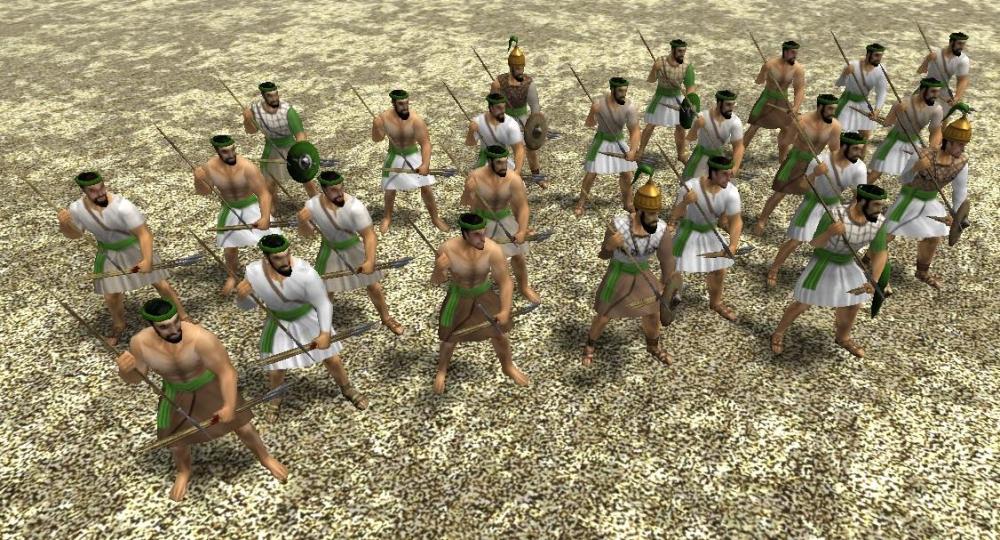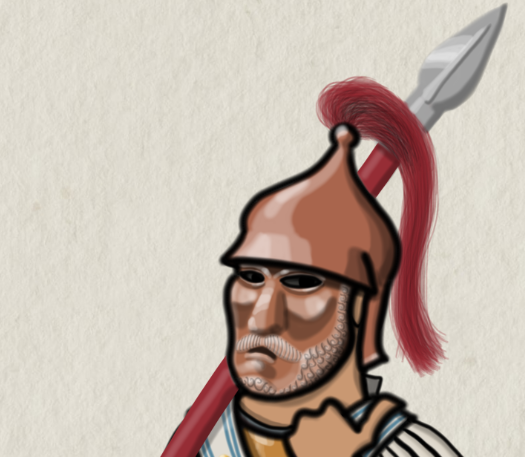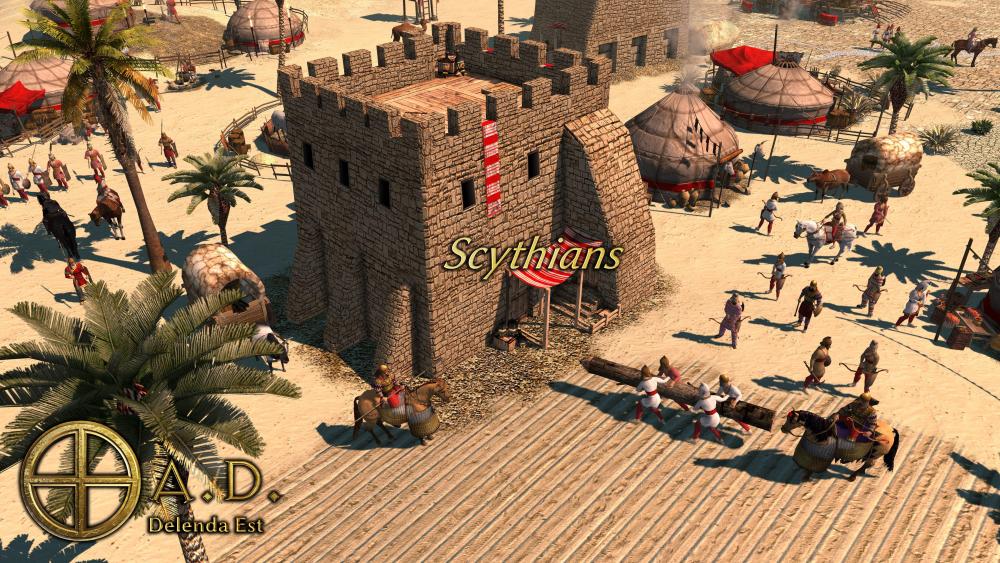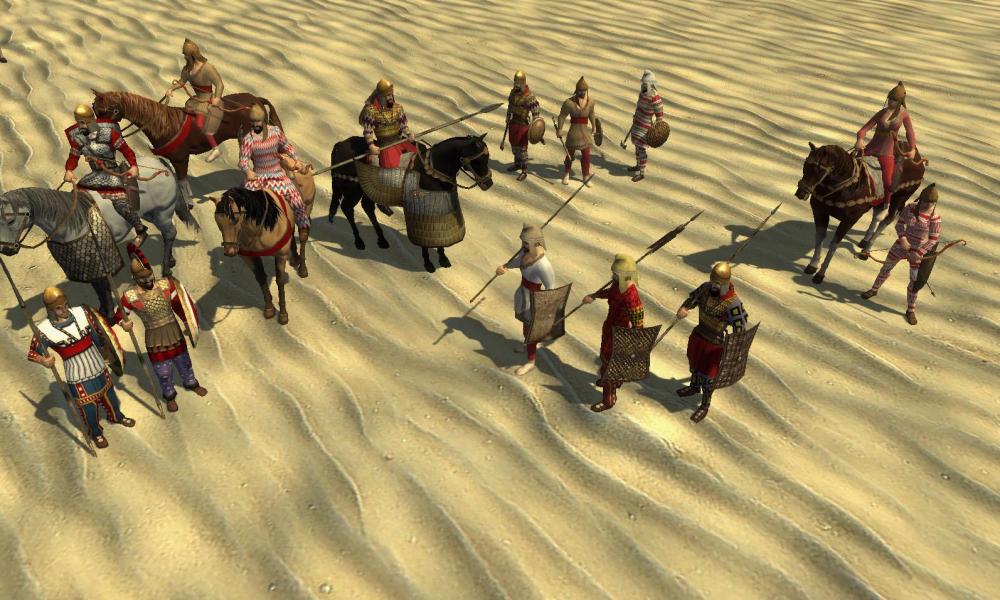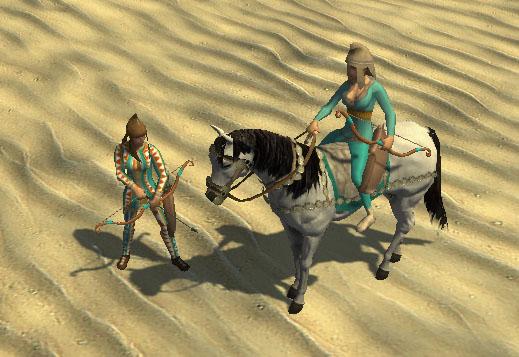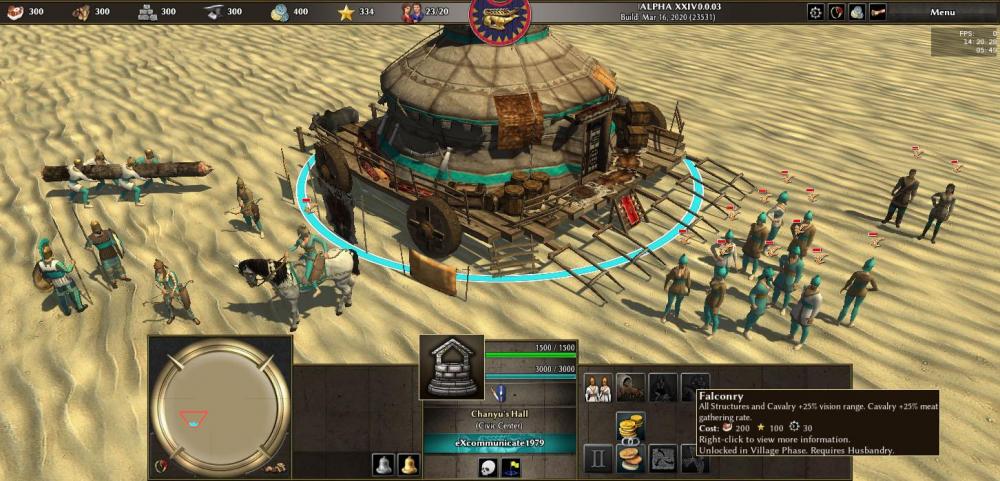Leaderboard
Popular Content
Showing content with the highest reputation on 2020-05-16 in all areas
-
3 points
-
3 points
-
2 points
-
2 points
-
Historically chariots were functionally different from both infantry and cavalry; upgrading from one unit type to an entirely different one is probably not a good idea. In 0 A.D. chariots are basically cavalry champions with a larger footprint. I hope that at some point in the future chariot templates will be properly separated from cavalry, and that scythed chariots become melee units, instead of archers. Neo-Cretans (Νεόκρητες) were indeed a thing in Hellenistic warfare, serving alongside Cretans (Κρῆτες) in the Aetolian (Plb 5.3.1), Ptolemaic (Plb 5.65.7), and Seleucid (Plb 5.79.10) armies, presumably also in others (e.g. Antigonid Macedon, Attalid Pergamon). Both Cretans and Neo-Cretans were mercenary archers performing the same function. Now ancient sources don't mention the difference between the two, allowing modern people to speculate a lot. In my view most interpretations are not based on anything; the most probably explanation is that the Neo-Cretans were young men (νέος means “youth”); different age groups are not something uncommon to Greek societies (as is also the case elsewhere in the world in different times). Regardless, I don't think 0 A.D. needs two different Cretan units. The design document is not always correct. Syrian archers are not explicitly mentioned in Polybius or other texts I know of. There is no need to invent something that is unattested. I think it's best to simply use Persian archers or Cretan mercenaries for the Seleucids. While the “silver shields” are well attested, the Seleucid “gold shields” are mentioned in a corrupt sentence (Polybius 30.25.5). I don't think including the latter in 0 A.D. is a good idea. B. Bar-Kochva Judas Maccabaeus: The Jewish Struggle Against the Seleucids (Cambridge 1989) discusses his view in a footnote: Basically he argues that (i) “10,000 gold shields” must be inserted in the Greek text and (ii) that gold means brass. (i) allows him to deduce that the following silver shields were only 5000 in number, while earlier under Antiochus III they had a strength of 10,000, thus he concludes the 5000 Roman-style youths must be the other half, and therefore Antiochus IV must have been in the process of retraining his army from Macedonian-style pikemen into Roman-style swordsmen. (ii) is even more problematic: χρυσός means gold, certainly not brass, whereas χαλκός means copper or anything made from copper, hence bronze, arms, weapons etc. Treating bronze and brass as entirely different things is anachronistic, both are copper-alloys, and in practice metals contained impurities and had no fixed ratios; basically both bronze and brass are covered by χαλκός (cf. English “brazen”), as are other copper-based materials, though Greek does have a word ὀρείχαλκος (Latin orichalcum) “mountain-copper”, i.e. yellow copper ore, copper, or brass made from it. In any case, brass is not gold. To me Bar-Kochva's interpretation seems a case of someone really wanting to read a lot more than what's in the text. That said, others apparently accept his view, and the Wikipedia article presents it as fact. D2736 (@Stan`?)2 points
-
Actually I didn't mean their helmets, but their body armour: I suppose my view on Scythian armour is largely based on finds from the Issyk kurgan (a royal tomb in modern Kazakhstan): The fact that the scale mail looks like a jacket corresponds with what is seen in Persian iconography, as do the trousers and pointy hat (which is probably ceremonial), e.g. I'm certainly no expert on things Scythian, though.2 points
-
2 points
-
FYI: ERROR: CCacheLoader failed to find archived or source file for: "art/textures/skins/skeletal/judea_tunic_basic_1_d.png" this file doesn't exists - needed by actors "ptolemies\camelry_archer_b_r.xml " and "seleucids\infantry_javelinist_a.xml"2 points
-
Not sure if Syrian archers should use shields, i think it was more of a Cretan thing (At most they could have some wicker shields).2 points
-
1 point
-
I was able to play 0 A.D. on the Raspberry Pi 4. My setup and hardware: Raspberry Pi 4 with 4 GB of RAM Raspbian (based on Debian 10) 0 A.D. installed via package manager version Kennwood re-release 23b. OpenGL 2.1 first I tried to play 0 A.D. with the standard settings. However, the Frames Per Second (FPS) rate was very low, therefore I set all the graphics settings to the lowest settings possible. My FPS number increased slightly. However, my FPS rate was between 5-15 FPS. Most of the times it was around 10 FPS. Furthermore, there are other topics in this forum regarding 0 A.D. on the Raspberry Pi 4 or the Raspberry Pi 3. The reason why I created another post is to discuss 0 A.D. on the Raspberry Pi in general. My objective in this post is not to overwhelm the reader with compiler flags and other optimizations. I only want to report my experience as a normal user.1 point
-
I was thinking about the Bosporan kingdoms when I came up with these designs.1 point
-
Hi @badosu For a random map I would suggest using an ElevationPainter for the two areas with differing heights and afterwards using the SmoothElevationPainter to generate the ramp (and you could use the random argument to add some noise to the slope). For the latter also add a cliff texture to be painted with the TerrainPainter and you are done1 point
-
I wonder if those pictures of elephants with armored legs are accurate; it seems the source is this statue: They are limited to the lower leg and cover less than most modern depiction, maybe the artist was trying to depict the folds on elephant's knees ? Mughal examples cover almost the whole body but not the legs: Interesting discussion on another forum: http://theminiaturespage.com/news/talk/msg.mv?id=7087581 point
-
That I do @Stan` I am a moderator on their forums though our base mesh is not low polythere is a low poly proxy might have to figure out how to use 0ad's human skeleton MH does export to .dae BTW all output from MH is CC0 do what you want with.Any real technical questions join MH forums there is link to the wiki there as well "Docs and FAC" in the page header.Also might be useful for doing hero portraits as MH has good facial targets for modelling. Enjoy the Choice1 point
-
For information on the Seleucids specifically, I can highly recommend: Susan Sherwin-White, Amélie Kuhrt From Samarkand to Sardis : A new approach to the Seleucid empire (Berkeley and Los Angeles 1993) Most publications on the Seleucids are biased by essentially Helleno- and Romano-centric sources and historiography, and often by 19th C colonianist and imperialist notions as well, thus fundamentally reinforcing traditional views. SW&K stands out in that it makes extensive use of Babylonian cuneiform records and various Asian archaeological sites. It makes a strong and convincing case for grounding the Seleucids as a successful continuation of Neo-Babylonian and Achaemenid traditions, as well as correcting various misconceptions.1 point
-
Yeah, but if at some point people decide visible garrison slots for outposts, gates, and towers are desireable for the default game, then it would be nice to be able to see their heads.1 point
-
1 point
-
That is a work for Alexandermb than for Wacky I mean other topic. You can open one if you want.1 point
-
Yes. Seleucids (and Persians and Bactrians) got their elephants from India, and Greek texts (e.g. Polybius 5.84) make it clear those were vastly superior and larger than the African elephants used by the Ptolemies. The Ptolemies obtained their elephants from what is now Eritrea and shipped them by sea (enormous facilities and elephant remains have been found in Berenice Troglodytica, a Red Sea port in southern Egypt). They also loaned some elephants to Pyrrhus of Epirus, who used them against Carthaginians on Sicily, Romans in Italy, Greeks in the Peloponnese, etc. Afterwards Carthage started its own elephant corps, capturing elephants from the forested Atlas mountain ranges (now in Morocco and Northern Algeria); after the defeat of Carthage the Romans took those elephants with them (Scipio kept them in reserve at the Battle of Magnesia (190 BC) against the Seleucids). Anyway, those African elephants were not African forest elephants (Loxodonta cyclotis, native to Congo), but simply smaller subspecies of the African bush elephants (Loxodonta africana). A modern audience is probably more familiar with the elephants from the East African savannas (Kenya, Tanzania, Mozambique, South Africa), which can indeed be larger than the Indian elephants (Elephas maximus). Ideally their turrets should be large enough for four soldiers (pikeman, archer, two javelineers). And maybe a lighter bamboo platform accommodating up to six archers to replace the Mauryan elephant archer. We probably have to wait until proper code supporting turrets is committed. [EDIT]: 0 A.D. could also use proper infant actors for the Indian elephant (currently baby African elephant actors are used as a placeholder).1 point
-
Yeh its possible whitout too much trouble i belive, only reexport the animations and the armature. And yes, is barely larger than ptolemaic elephant so it doesn't make a huge difference1 point
-
Straighter, at an angle. Not curved. The curved makes it look feminine, like Aphrodite. Example:1 point
-
1 point
-
Honestly, I think these could serve as mercenary archers for the Romans.1 point
-
Yes, scale is more appropriate than thorax; although some may have adopted it from hellenic neighbours.1 point
-
You can untriangulate easily with blender (ALT+J) But yes needs a retopo and one needs to bake textures (normal map and ao from high to low poly). For the diffuse I guess we could use @Alexandermb's smart materials.1 point
-
They were influenced by Greeks and used Chalcidian helmets, they also used other more eastern helmets but those are not in game yet:1 point
-
I'd use the whole syllable myself: scyth_ This could actually be the elite Dahae horse archer for Seleucids and Persians.1 point
-
Hi @user1 Reporting thevlasic for quitting a 1v1 game without resigning. commands.txt1 point
-
Here are some more textures, I am planning to consult on adding a Scythian horse archer unit to Atlas1 point
-
1 point
-
Mmm I wonder if the Illyrian helmet is the best choice for a Syrian archer in the Seleucid army.1 point
-
1 point
-
1 point
-
It should be a Eyecandy stuff and placed on special scenario like protect the Wonder/Marvel Maybe protect from maritime invaders.1 point
-
It could easily be a scenario or campaign or something in EA. Or the destruction of the colossus leaves a permanent rubble that can be mined for metal. Rhodians and Pergamenes definitely probable for DE eventually.1 point
-
It would be awesome if you built the Colossus, and then 5 minutes later it spontaneously broke apart and fell over.1 point
-
As to how the Colossus would have looked, any interpretation is speculative, of course. What can be safely deduced: The statue was made of bronze, hollow with rocks inside, and 70 cubits tall, i.e. 32.4 m (a Greek cubit (πῆχυς) was 24 × 19.3 mm = 0.4623 m). It stood on a pedestal, covered in shiny, polished, white marble, overlooking the harbour. Work started in 292 BC, finished in 280 BC, broken in 226 BC, and finally dismantled in AD 653. It was technically impossible to reerect it (hence the convenient oracle). The fact it broke of at the knees implies the statue stood on two legs, i.e. there was not a third support point (e.g. a tree trunk, clothes touching the ground, a spear). If it had fallen forward, it would have blocked the harbour; that didn't happen, it lay on land, therefore it must have fallen backwards, thus Helios (the sun) was facing the sky (and the sun). Furthermore: There is no need to shout “censorship”; whether it was fully clothed, scantly clad, or heroically naked is unknown; each is a plausible possibility. The association of Apollo with the sun is Roman; Sol Invictus became a popular deity later during the principate. The Colossus of Rhodes would not have looked like a statue of Apollo, the Colossus of Nero (which gave its name to the nearby Colosseum), or Roman depictions of the sun god. Coinage from Rhodes usually features a rose (because of the name), though the head of Helios is also a common motive (see these examples on Wikimedia Commons), but never a full statue. The one thing we know is that it most likely had a crown of sun rays around his temple, like the Statue of Liberty (not a coincidence). Furthermore, Helios did not have a beard, as confirmed by this Hellenistic head of Helios, now in the archaeological museum of Rhodes: A relief found nearby shows an Helios (the sun) gazing in the distance with his head above his eyes (shielding them against sun rays). Such a pose would make sense, given that it was positioned at the entrance of the harbour, on the lookout for incoming ships in the distance. So maybe Dali was on to something. However, the Colossus stood upright for only about half a century and was a tourist attraction while lying on the ground for eight centuries, so that would actually be the more appropiate representation.1 point
-
1 point
-
Started working directly on the Scythians. Some things I changed about them: I removed the packing from most of their buildings. After months and months of messing around with the concept, it just felt superfluous and annoying. Kept the concept for the Resource Wagons/Storehouse/House, which can all pack into each other. Still don't have territory or territory restrictions. Works well. I'm interested in seeing what people do with that. Their buildings are 1/2 health, cost, and build time. Weakest in the game by far (significantly weaker than Celtic buildings). All subject to playtesting of course. On track with the units (see pic). Definitely need some shields, helmets, hats, and other props modeled (swords, scabbards, Quivers), and some body textures. Need to plan out the look for the heroes and champions. Perhaps our resident experts can help?! Also need to decide on how their Healer Priest should look. Gave them 2 special units for the Civic Center, the Maiden Archer and Maiden Cavalry Archer. Training limit of 40 together, cost only Glory resource. Need a Cult Statue for the Glory resource. Need research. A Wooden horse statue or some kind of other animal? Stag? Currently their Shaman's Tent acts as both Temple and Cult Statue. Haven't tried to make the Falcon scout unit yet. Right now there's a "Falconry" tech, but I want a Falcon unit too. The "Hoplites" on the left in the image are Bosporan Hoplites, trainable by the Scythians in the capturable Mercenary Camps. On the right, Scythian peasants and 2 slaves. Wonder is currently the Uffington White Horse, which is incorrect of course. Was thinking a Royal Kurgan (Burial Mound). Their Fortress will cost the same as other Fortresses, but take half as long to build and have half health like the rest of their buildings. Model by @Stan` I really think these guys should eventually make it into the base game.1 point
-
Sorry for doubleposting but I felt like my last comment was a bit harsh, @WhiteTreePaladin Yes, switching to another revision system like GIT on our server is an option, but GitHub is not IMO. And, yes, I also don't think GetHub is exceptionally bad right now. But just a slight change in direction in the management can make a service like this basically useless for us.1 point




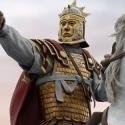
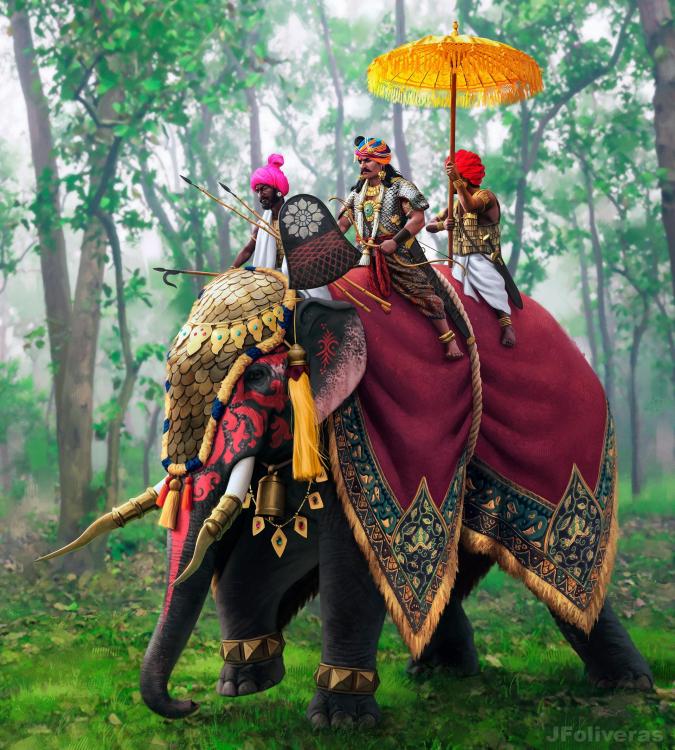
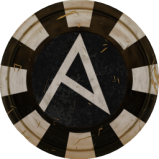
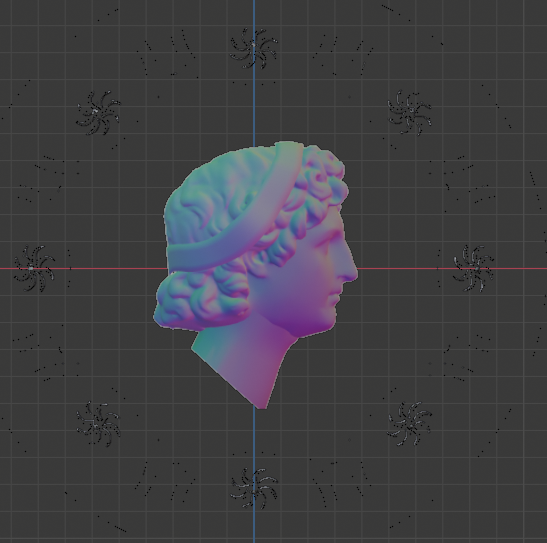
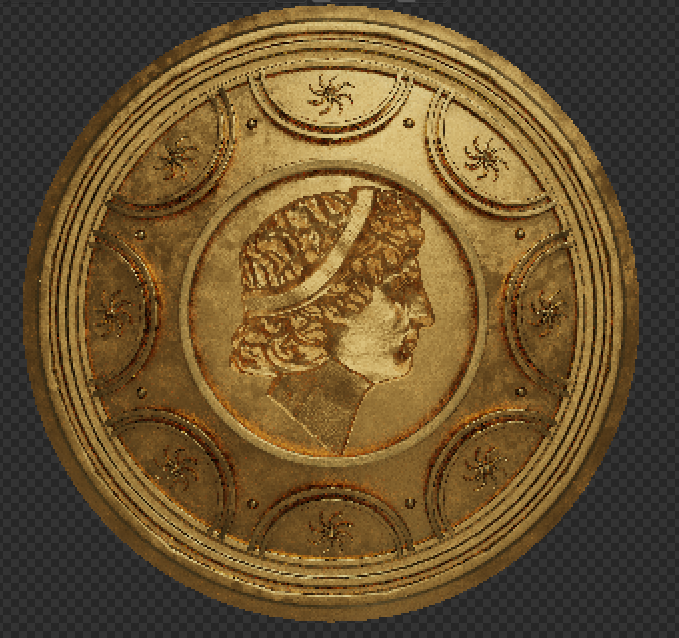
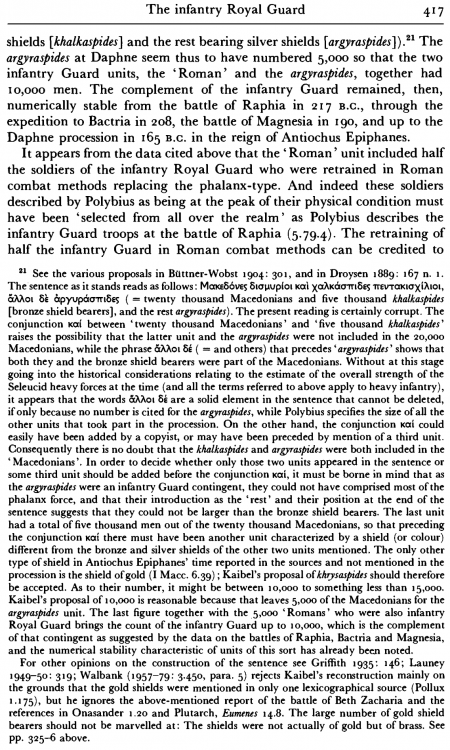
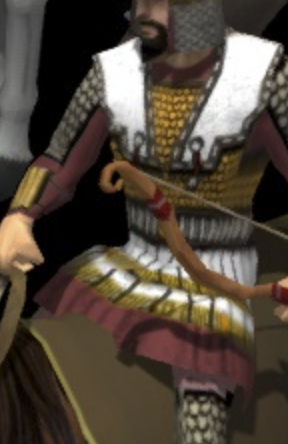
.thumb.jpg.b21ca1d0c15fb56b42c39b25a0a40815.jpg)
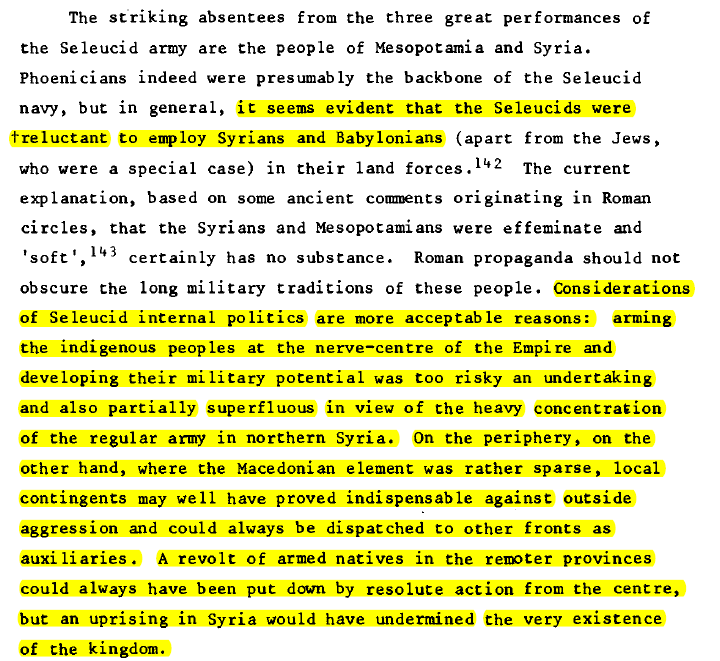
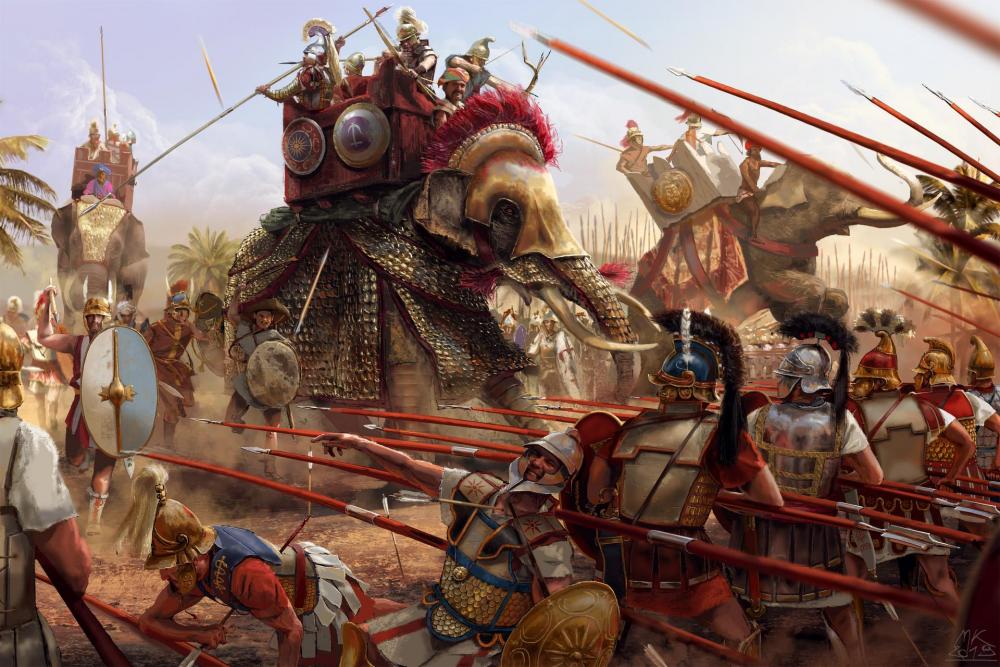


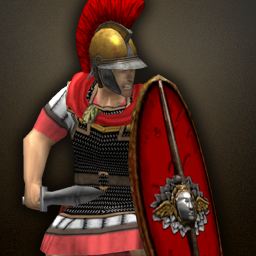
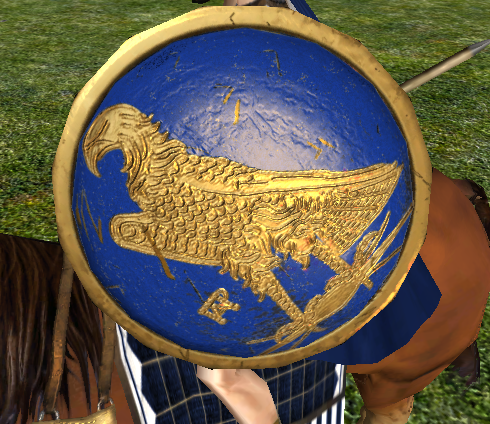
.png.b3955d3c519d3d3b140a8d0c8d3ab2d8.png)
.png.6f5013444801f6ce4568b9b148a710eb.png)
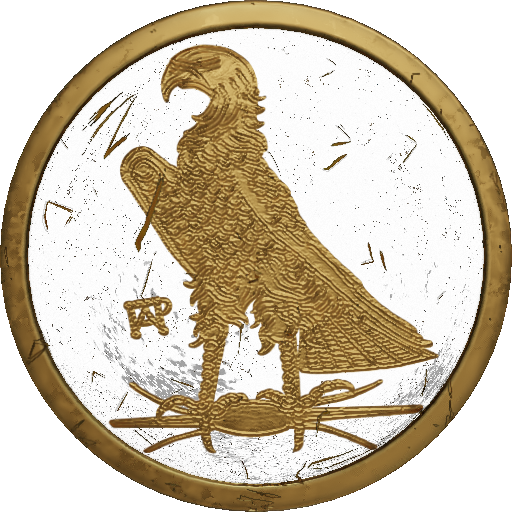
.thumb.png.ce58cea22940c255f5b0a735d5abee36.png)

